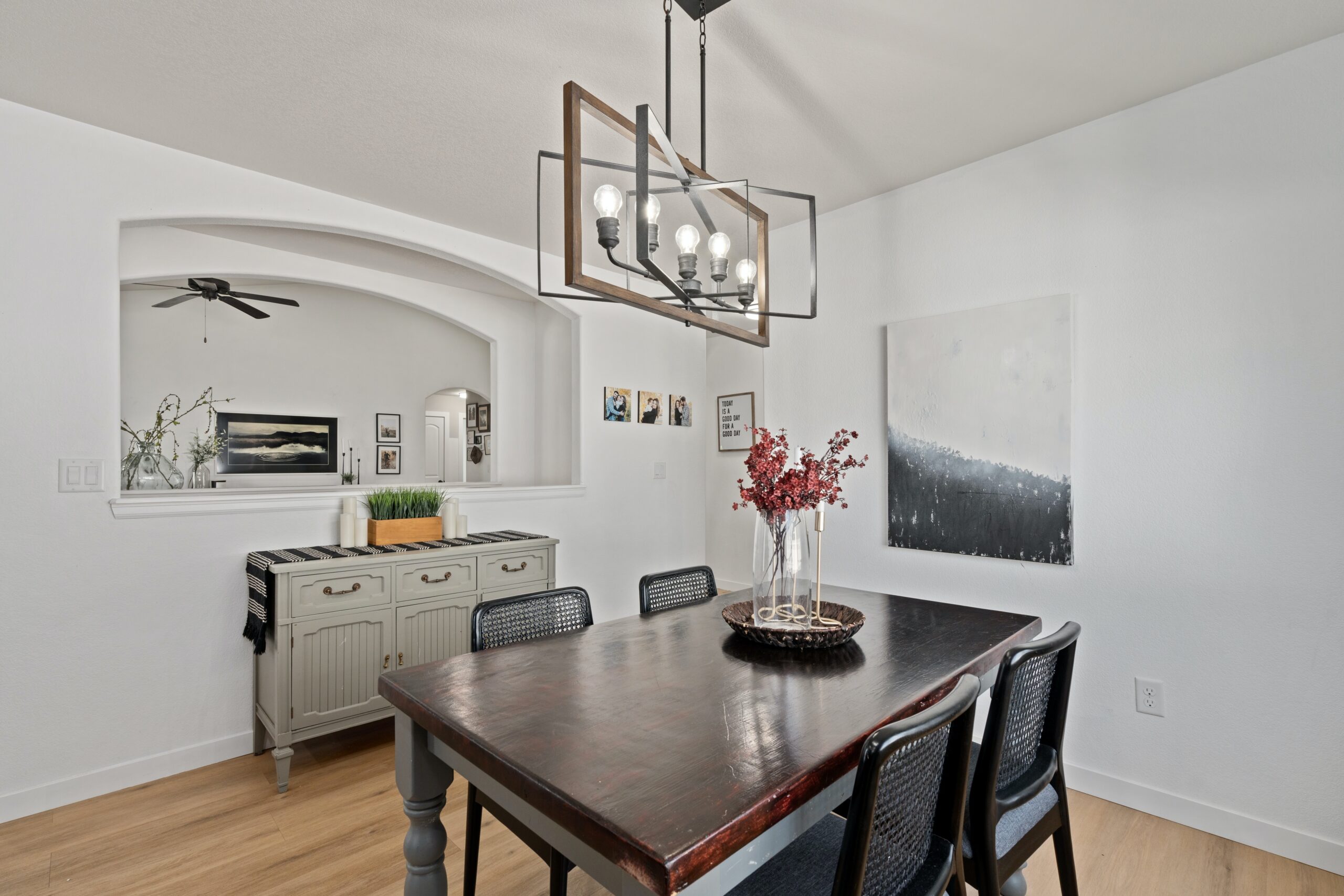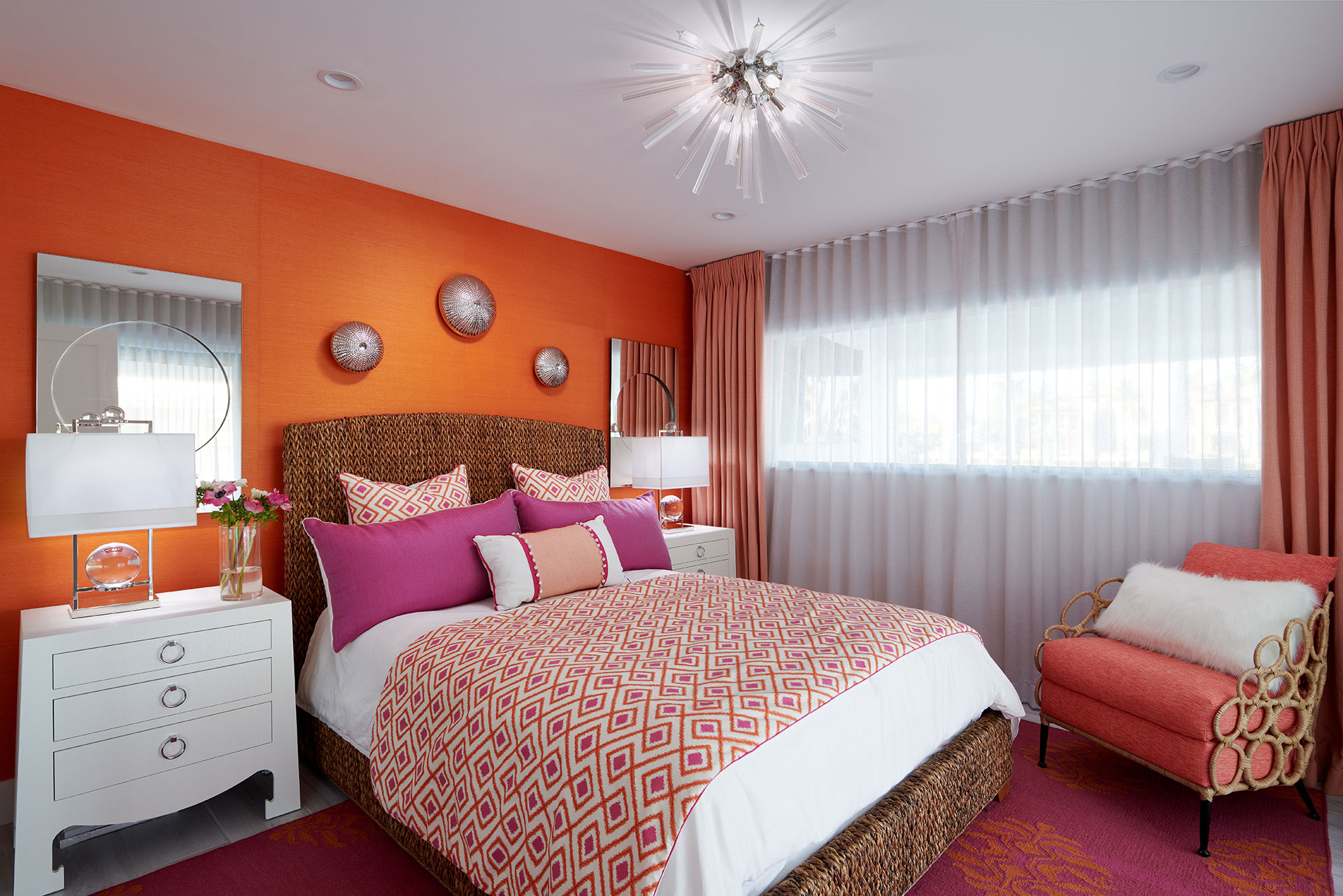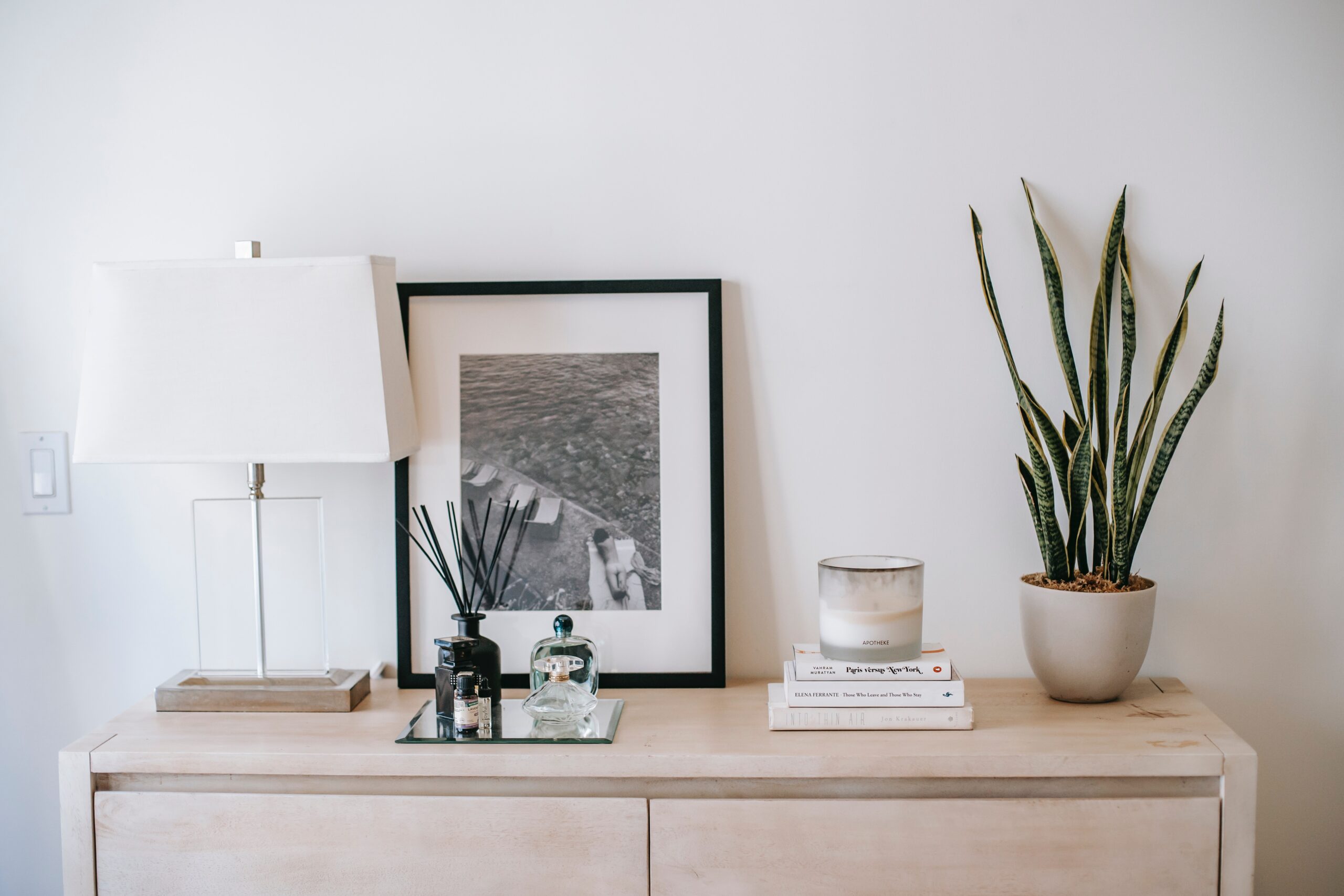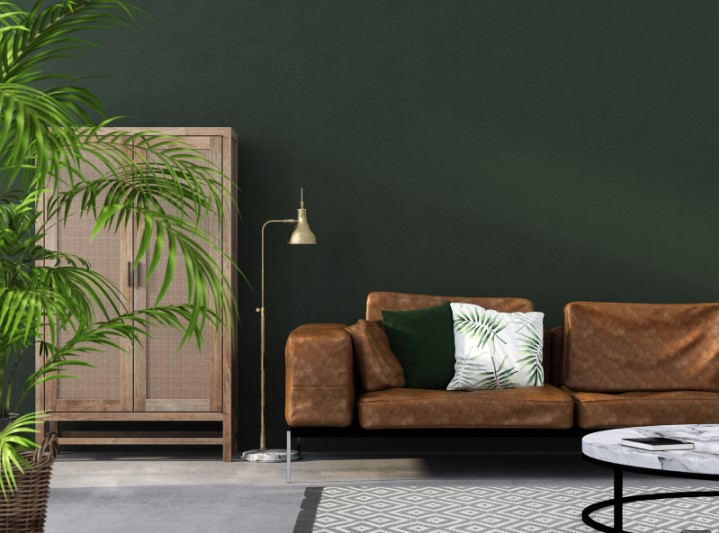Many of us have assorted furniture and decor from different walks of life. They usually range from modern store-bought pieces to beautifully built furniture passed down from generation to generation or picked up at a thrift store. If you struggle to create a cohesive look that marries the aesthetics of your traditional and contemporary pieces, transitional interior design is the answer. Transitional style effortlessly blends the old with the new to create a chic and modern atmosphere in your home.
Here are five tips on achieving a transitional interior design style in your home.
Blend elements
Blending traditional and contemporary elements is the key to achieving a transitional interior design style. Consider combining classic furniture pieces, such as a velvet sofa or a vintage chandelier, with sleek and modern accessories like abstract art or a metallic mirror. You can also pair traditional patterns like florals with clean-lined, rounded furniture to create a dynamic contrast. By striking the perfect balance between old and new, you will achieve a transitional style that feels fresh and inviting, says a Hoover, AL, interior decorator.
Focus on neutrals
Neutral color palettes are a crucial aspect of transitional design. Rather than bright and bold hues, opt for a soothing mix of warm and cool neutrals, such as beige, gray, taupe, and cream. You’ll be able to create a serene and sophisticated environment as neutrals provide a versatile backdrop and allow your furniture and accessories to take center stage. Use pops of color sparingly through accent pillows, throws, or artwork to add subtle visual interest without overpowering the overall design.
Embrace balance and symmetry
The transitional design embraces a sense of balance and symmetry to create a cohesive and pleasing aesthetic. To achieve this, arrange furniture symmetrically, keeping in mind each piece’s proportions and visual weight. Then, create focal points with balanced groupings of artwork or decorative items. Offset traditional architectural elements, like crown molding, with contemporary furnishings for a polished and harmonious look. When you strive for symmetry and balance, it ensures your transitional space will feel well-organized and inviting.
Choose functional furniture
Focus on pieces that are both streamlined and functional when selecting furniture for a transitional interior. You’ll want to look for items with clean lines and minimal ornamentation to achieve a contemporary touch. The ultimate goal is to find comfortable and practical pieces that serve your daily needs while maintaining a sleek and modern appearance. Avoid excessive embellishments or heavy details, as these can detract from the clean and cohesive look you want to achieve.
Incorporate texture
Texture plays a significant role in adding depth and warmth to a transitional space. Mix and match a variety of them, like smooth leather and plush velvet or cozy knits and natural fibers. When you layer these textures, it adds visual interest and makes your space feel inviting and lived-in. For the final touch, incorporate soft rugs, throw blankets, and textured cushions.
Achieving a transitional interior design style is all about harmonizing traditional and contemporary elements. Use these tips, and you will have a cohesive, eclectic space that’s all your own!




